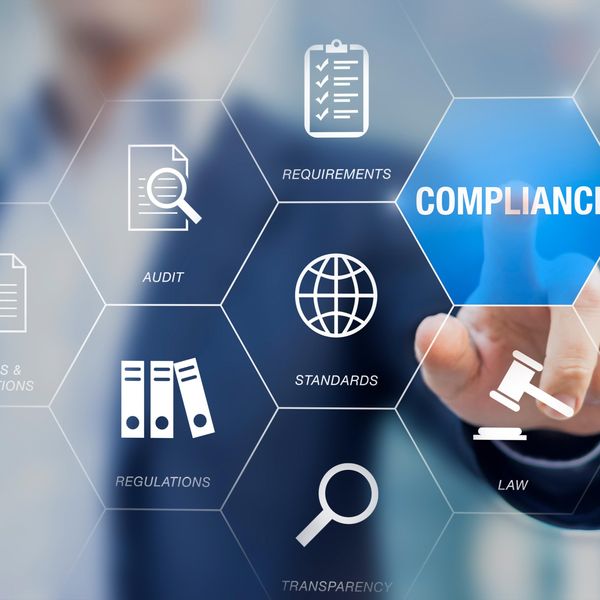Lease Accounting Standards Compliance Deadline Arrives for Private Companies

New standards on lease accounting take effect for private companies and non-profit entities with fiscal years beginning in 2022, requiring them to recognize operating lease assets and liabilities on the balance sheet.
Public companies have had to comply with the new standard on lease accounting since the beginning of 2019, and private companies were initially facing a 2020 implementation date. However, the standard, which is part of the Financial Accounting Standards Board’s (FASB) Leases (Topic 842) amendment to the Accounting Standards Codification (ASC), was delayed twice for private companies and non-profits — once in recognition of the challenges associated with the implementation of a major standard and then again due to the COVID-19 pandemic.
At a high level, the new standard requires entities to record a lease liability and a right of use (ROU) asset on its balance sheet for both operating and finance leases. Off-balance lease sheet reporting will be virtually eliminated while disclosure requirements expand.
The new requirements impact operating leases primarily, including those for equipment, warehouses and office buildings. A lessee is required to recognize assets and liabilities for leases with lease terms of more than 12 months. Leases for rentals less than 12 months, intangibles and service arrangements are excluded from the new requirements.
FASB said in a news release that the new guidance is designed to improve financial reporting about leasing transactions and provide better alignment with international accounting standards. The changes were in response to requests from investors and other financial statement users for a more accurate representation of an organization’s leasing activities.
“The standard will likely have far-reaching implications, affecting areas such as accounting, real estate, legal, procurement and technology. But private companies needn’t start from scratch,” according to Deloitte’s report “Lease Accounting for Private Companies: Lessons Learned from Public Company Implementations”. “They can learn from their counterparts in the public arena, becoming aware of potential pitfalls and turning compliance into an ongoing advantage.”
Deloitte advised private companies not to underestimate what it takes to collect, organize and maintain lease data. The firm also said executives should understand what constitutes a lease to appropriately identify the population of contracts that are themselves leases or contain leases and make needed changes to their accounting systems.
Right-of-Use Assets
Fortunately, the lessee's expense accounting is identical to their historical accounting for a Penske Truck Leasing Operating Lease on the income statement. The balance sheet will now include an ROU asset and a lease liability, and Penske will provide customers with a right-of-use calculation upon request.
For a full-service lease, the ROU amount is calculated as:
- The Present Value (PV) of Penske’s net fixed lease charge for each vehicle during the lease term:
- PV is calculated using the customer’s borrowing rate;
- If not available, the estimated borrowing cost is substituted.
- The net fixed lease charge equals Penske’s Schedule “A” fixed lease charge, minus prepaid and service-related costs (maintenance, licenses, PPT, subs, overheads, washes, etc.):
- The remaining amount is approximately equal to the depreciation and interest portions of the fixed lease payment;
- This is the same value (i.e., minimum lease payment) used for the FASB 13 90% test.
- ROU asset and lease liability are reduced each month on the customer’s balance sheet.
The Benefits of Leases
Operating lease benefits are still in play. Penske believes customers will benefit from an operating lease for all the traditional reasons, including no residual risk, no obsolescence risk, no effect on debt ratios, budget certainty and the reduction of risk and volatility.
For Generally Accepted Accounting Principles (GAAP) purposes, the lease liability is not considered debt. Generally, there should be no impact on a borrower's debt ratios or loan covenants. Feedback from bankers/lenders and rating agencies indicate they are aware of the balance sheet impact of the standard, which are not expected to impact covenant calculations.
Additionally, although companies will record an operating lease liability on the balance sheet, it will not be classified as debt, which is great news for U.S. companies because debt metrics remain unaffected. While the FASB has clearly articulated its view on the classification of the lease liabilities as a liability, not debt, the FASB cannot dictate how individual banks and other lenders will view such amounts.
